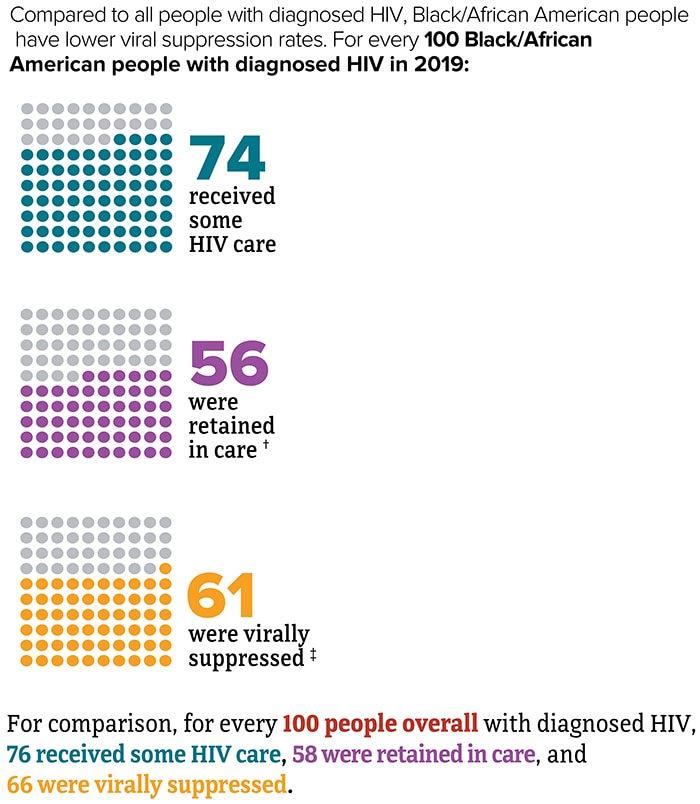HIV and African American People: Viral Suppression and Barriers to Care
Data for 2020 should be interpreted with caution due to the impact of the COVID-19 pandemic on access to HIV testing, care-related services, and case surveillance activities in state and local jurisdictions. While 2020 data on HIV diagnoses and prevention and care outcomes are available, we are not updating this web content with data from these reports.
Viral suppression is one of the six Ending the HIV Epidemic in the U.S. indicators. Viral suppression refers to the percentage of people with diagnosed HIV who have less than 200 copies of HIV per milliliter of blood.


*Had 2 viral load or CD4 tests at least 3 months apart in a year.
† Based on most recent viral load test.
Source: CDC. Monitoring selected national HIV prevention and care objectives by using HIV surveillance data—United States and 6 dependent areas, 2019. HIV Surveillance Supplemental Report 2021;26(2).
Many people with HIV experience challenges with achieving and maintaining viral suppression over time. Some of these challenges include missing HIV medical appointments, needing but not receiving other important health care services, or missing doses of HIV treatment.
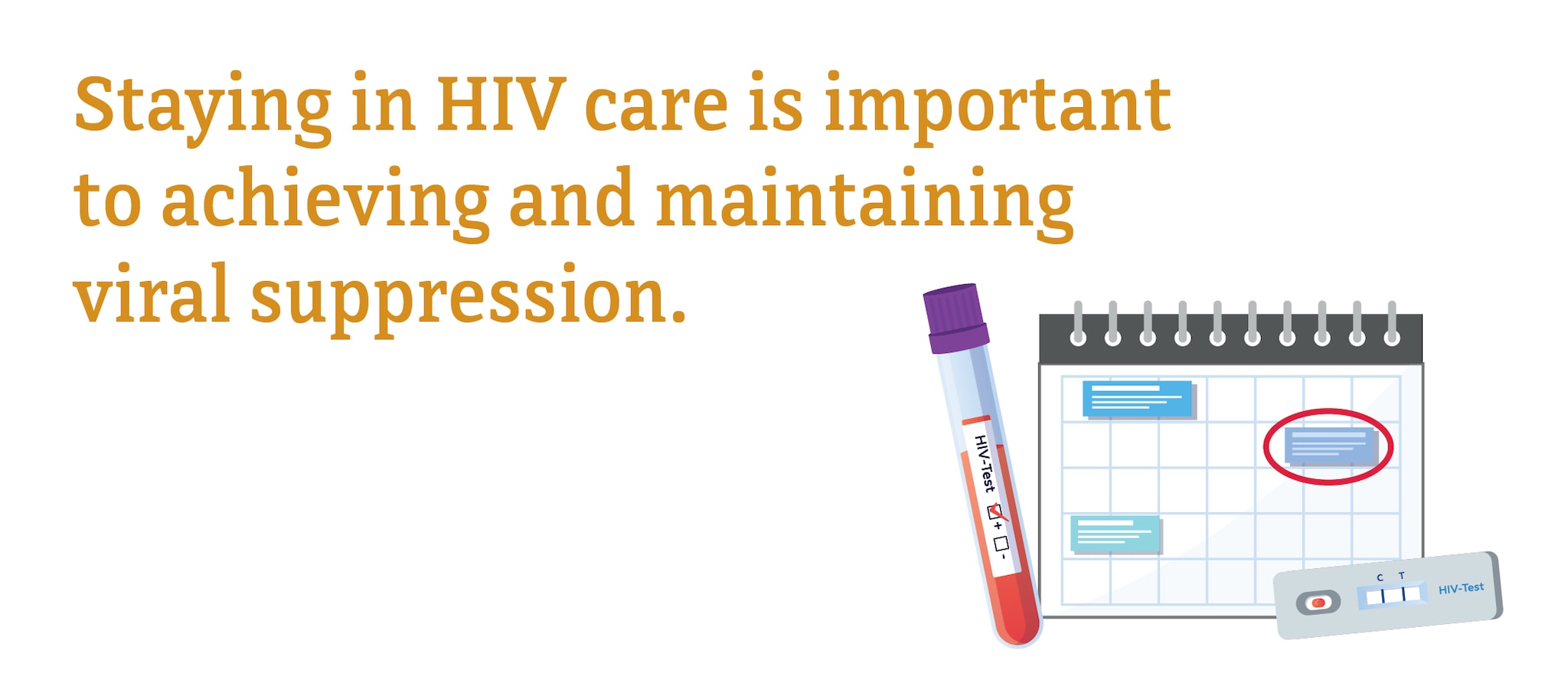
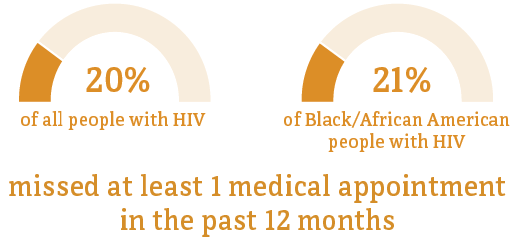
*Among people aged 18 years and older.
Source: CDC. Medical Monitoring Project.
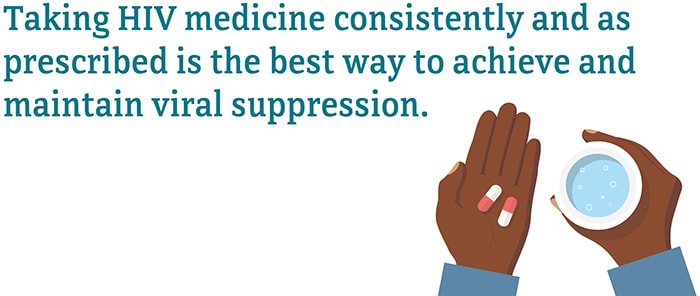
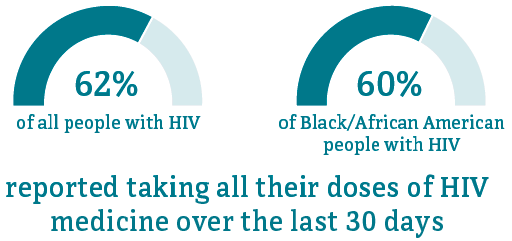
* Among people aged 18 years and older.
Source: CDC. Medical Monitoring Project.
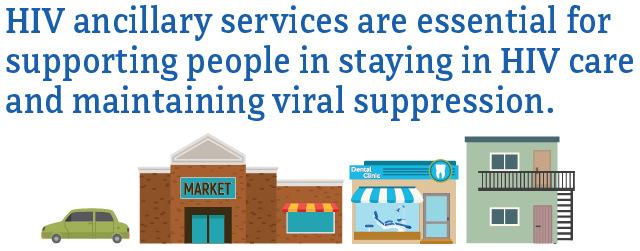
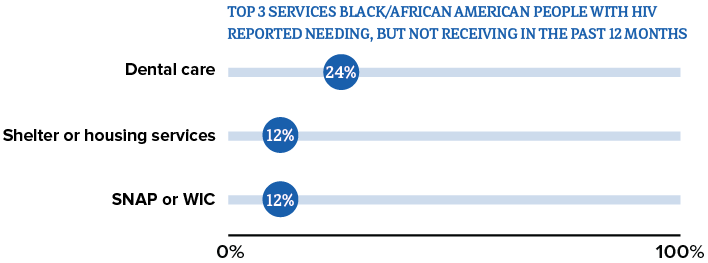

Abbreviations: SNAP = Supplemental Nutrition Assistance Program; WIC = Special Supplemental Nutrition Program for Women, Infants, and Children.
* Among people aged 18 years and older.
† HIV ancillary services, such as case management and mental health services, are services that support retention in HIV care and viral suppression.
Source: CDC. Medical Monitoring Project.
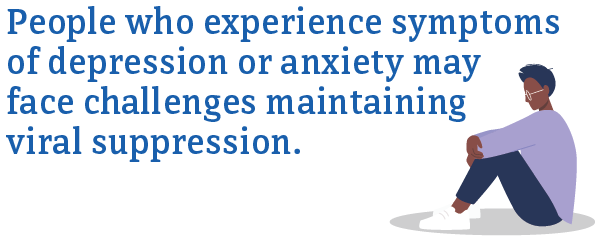
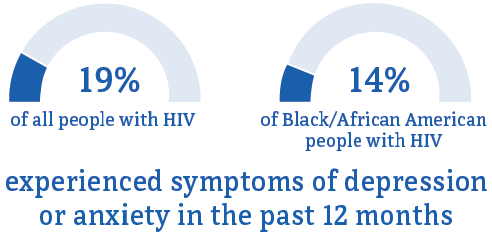
* Among people aged 18 years and older.
Source: CDC. Medical Monitoring Project.
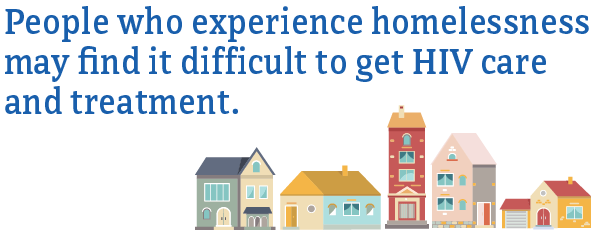
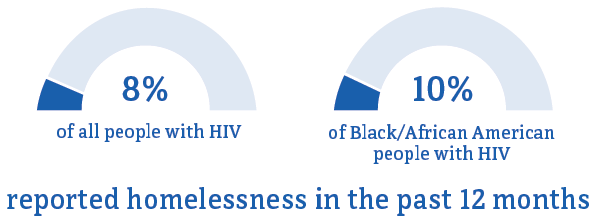
* Among people aged 18 years and older.
Source: CDC. Medical Monitoring Project.
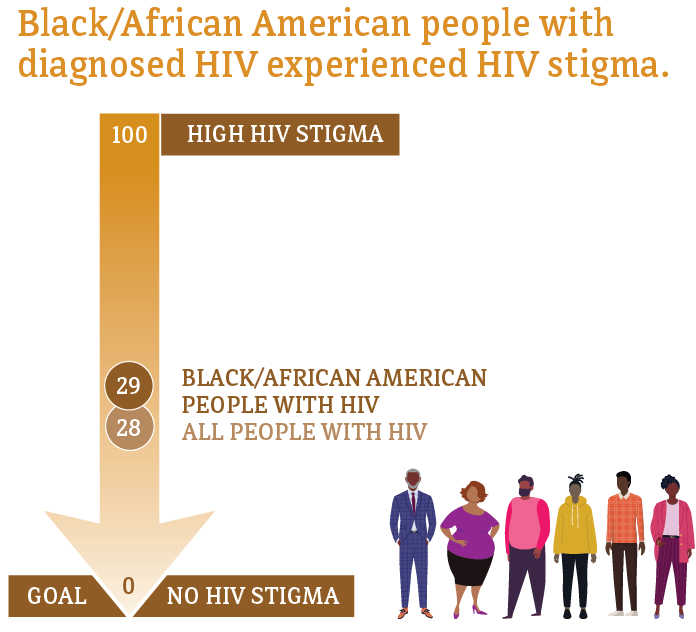
Median HIV stigma scores are presented based on a ten-item scale ranging from 0 (no stigma) to 100 (high stigma) that measures personalized stigma during the past 12 months, current disclosure concerns, current negative self-image, and current perceived public attitudes about people with HIV.
* Among people aged 18 years and older.
Source: CDC. Medical Monitoring Project.
- CDC Diagnoses of HIV infection in the United States and dependent areas, 2019. HIV Surveillance Report 2021;32.
- CDC. Estimated HIV incidence and prevalence in the United States, 2015–2019. [PDF – 3 MB] HIV Surveillance Supplemental Report 2021;26(1).
- CDC. Monitoring selected national HIV prevention and care objectives by using HIV surveillance data—United States and 6 dependent areas, 2019. HIV Surveillance Supplemental Report 2021;26(2).
- Randolph SD, Golin C, Welgus H, Lightfoot AF, Harding CJ, Riggins LF. How perceived structural racism and discrimination and medical mistrust in the health system influences participation in HIV health services for Black women living in the United States South: a qualitative, descriptive study. J Assoc Nurses AIDS Care2020;31(5):598-605. PubMed abstract.
- Beer L, McCree DH, Jeffries WL 4th, Lemons A, Sionean C. Recent US Centers for Disease Control and Prevention activities to reduce HIV stigma. J Int Assoc Provid AIDS Care2019;18:1-5.
- CDC. Sexually transmitted disease surveillance, 2019. Accessed January 18, 2022.

